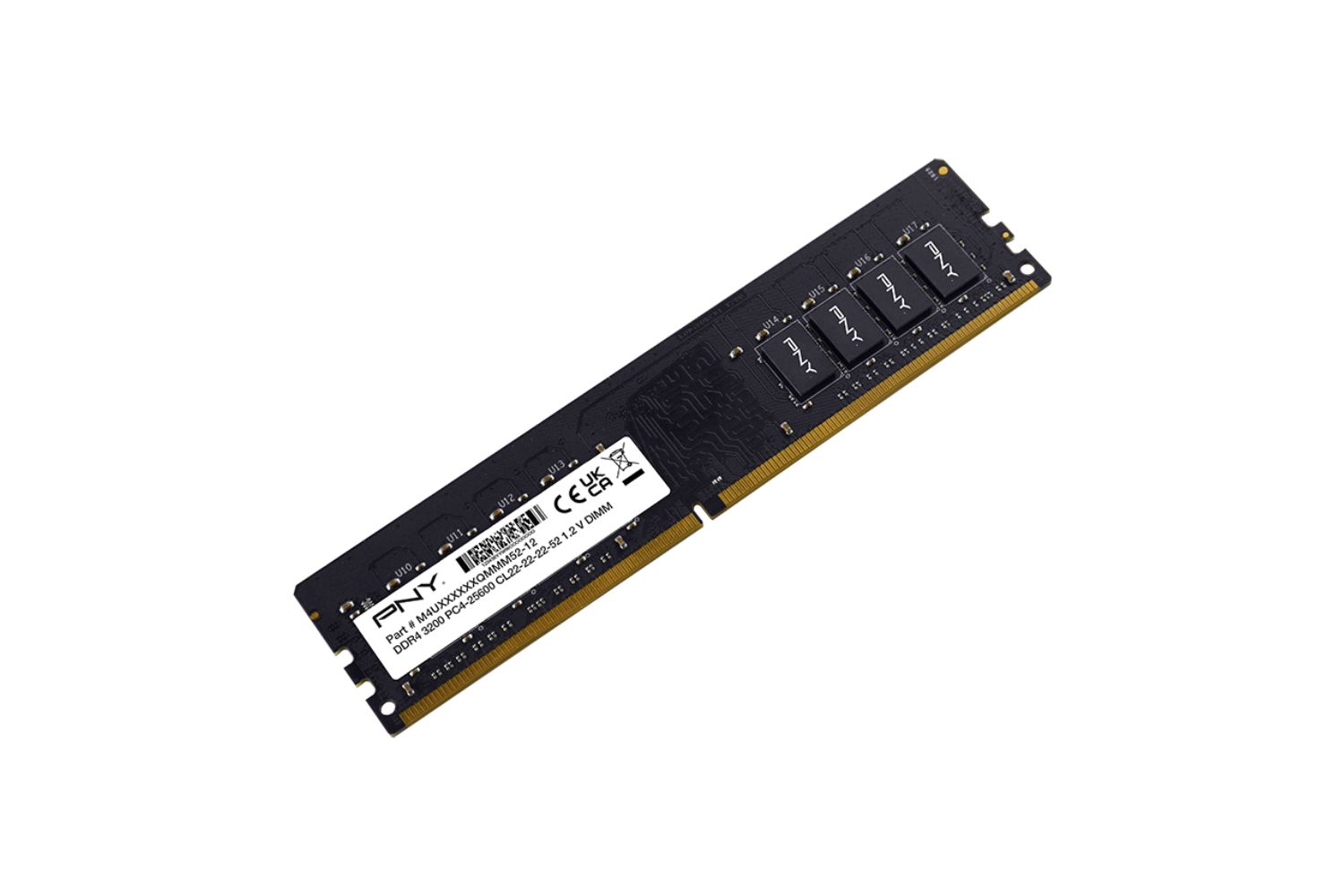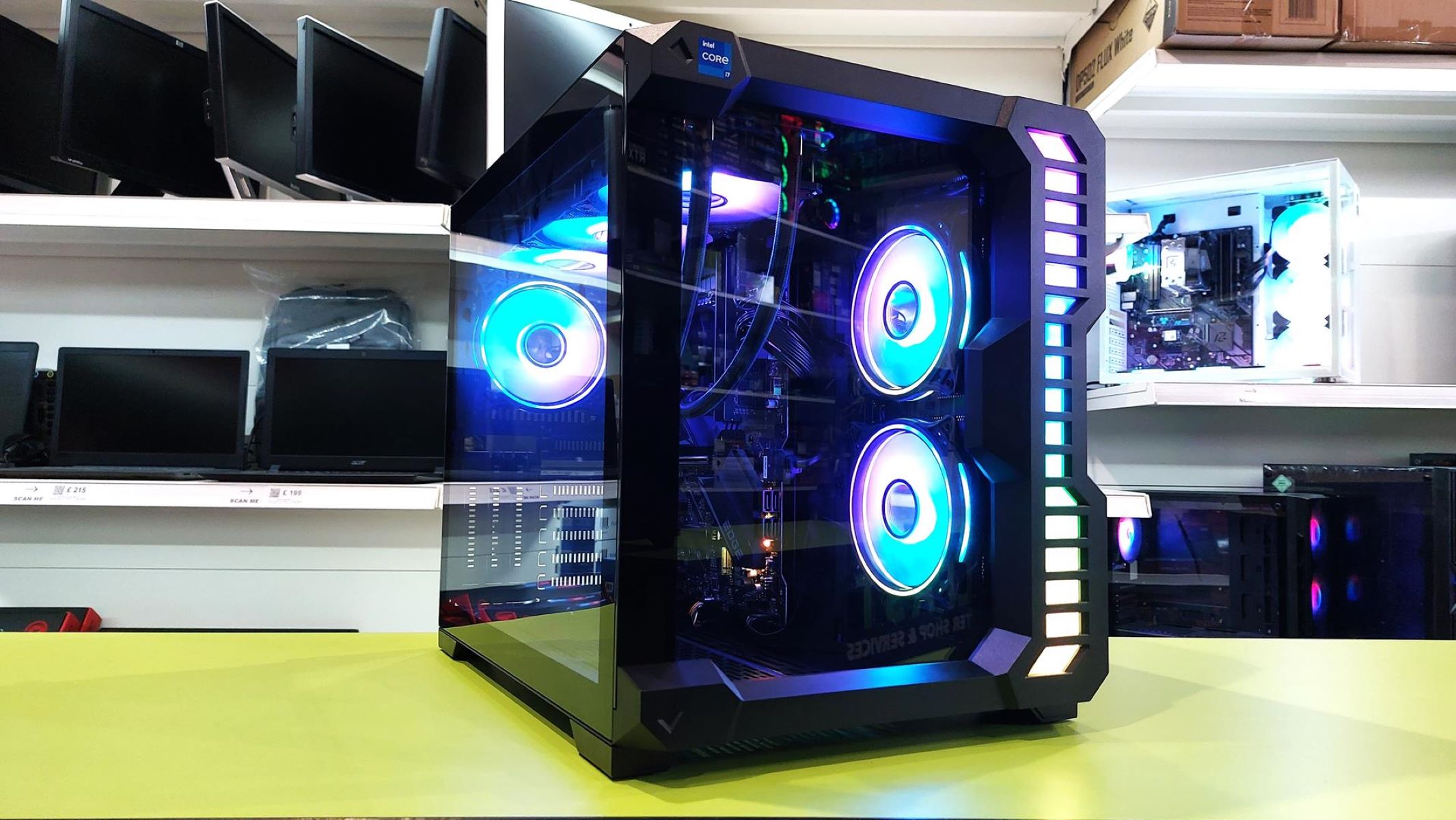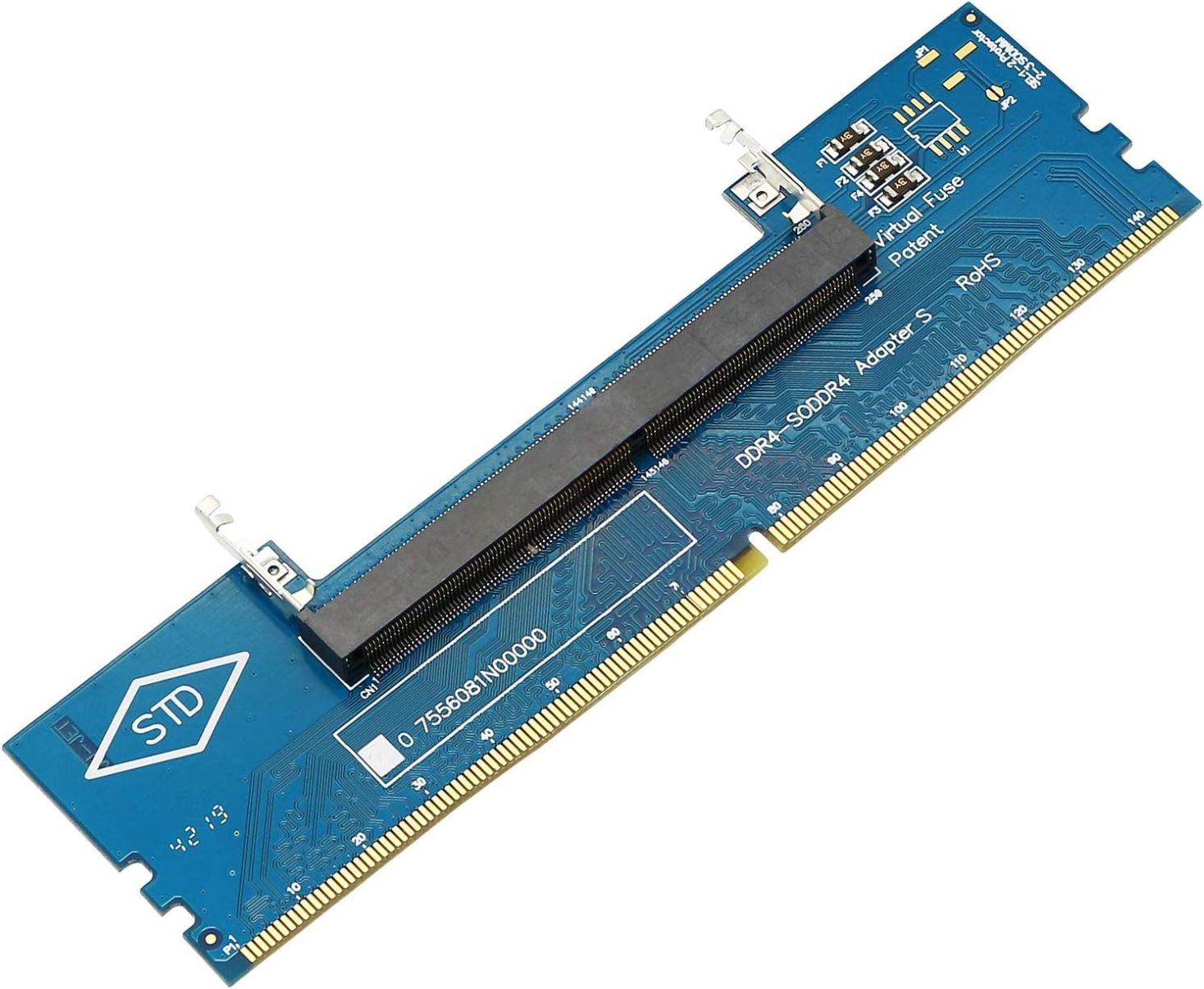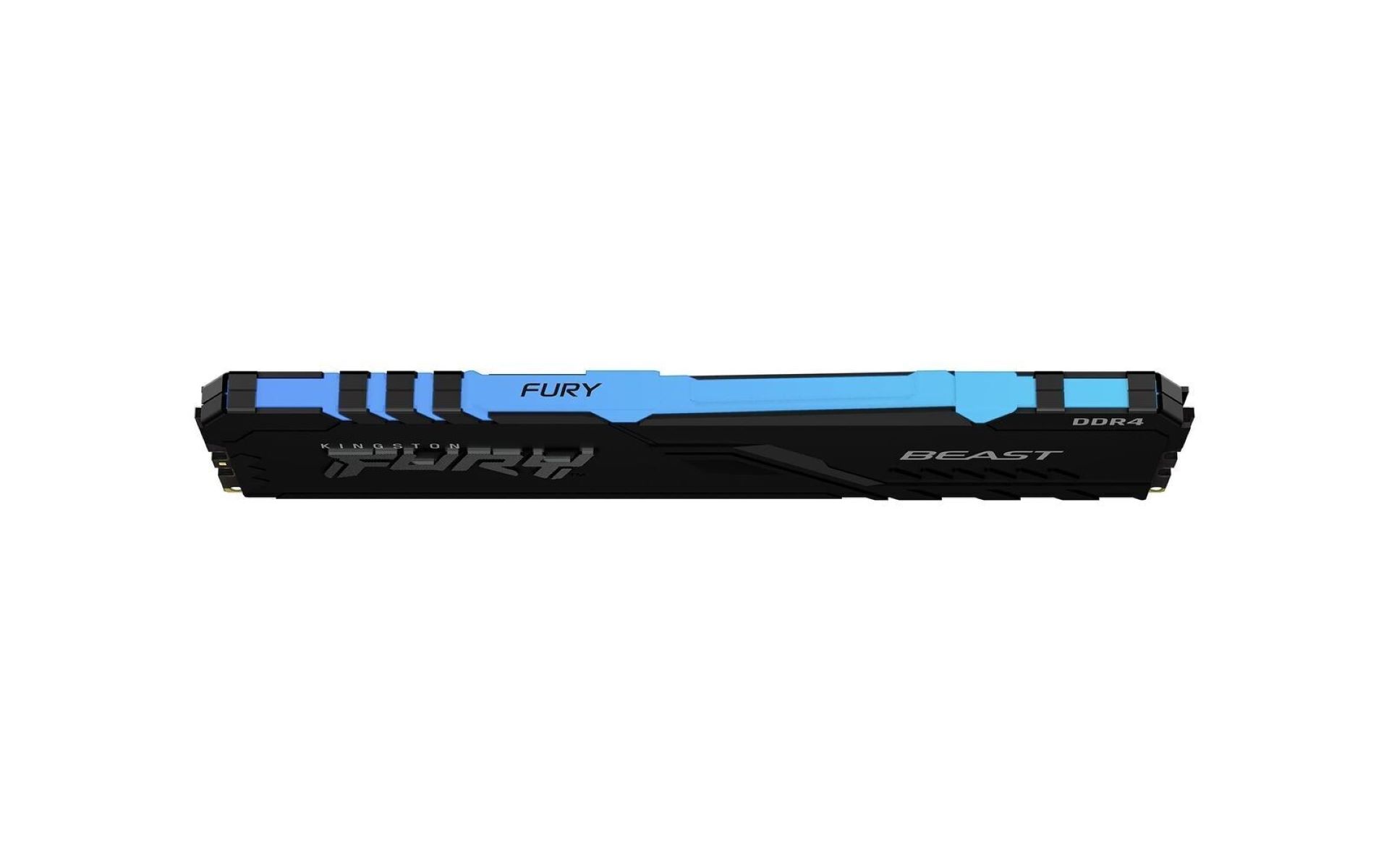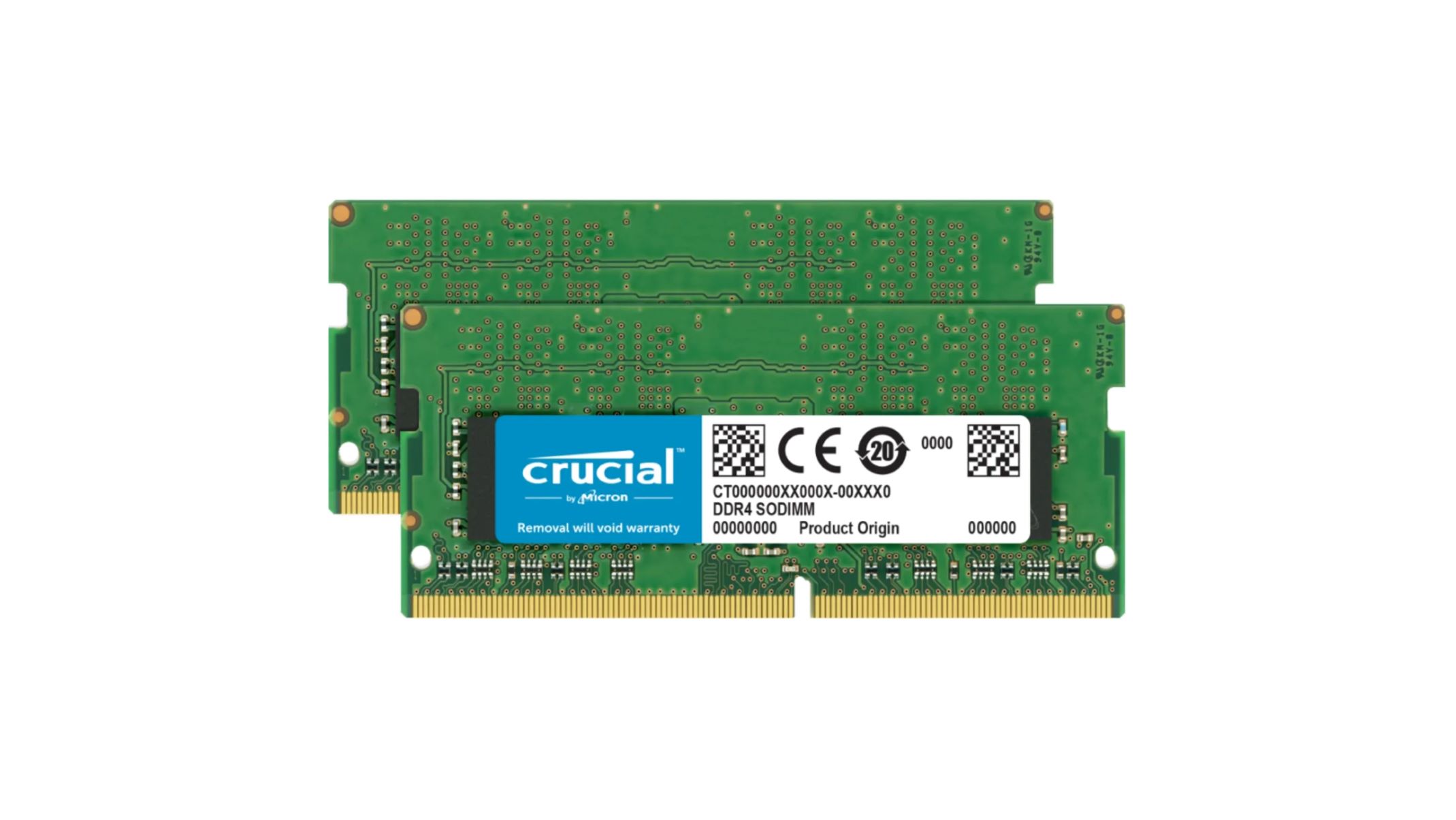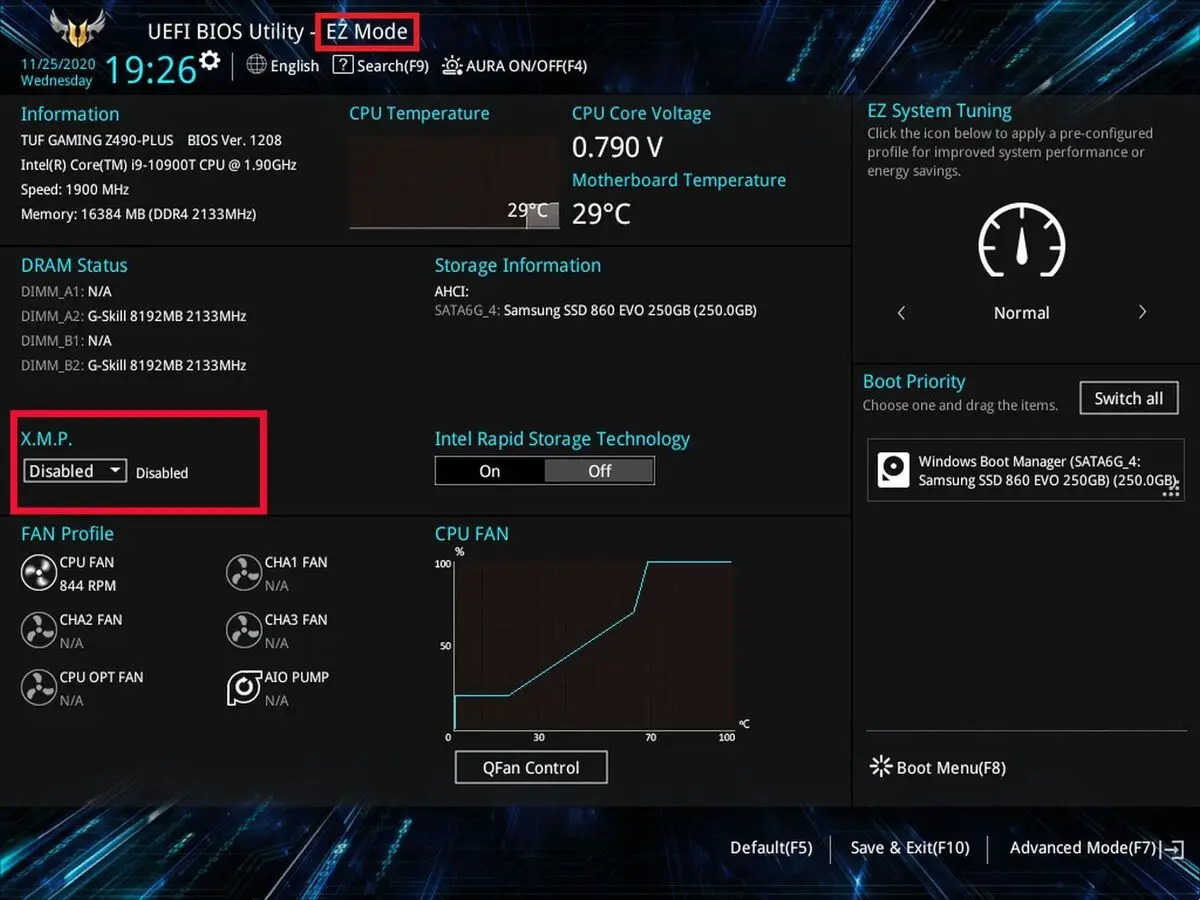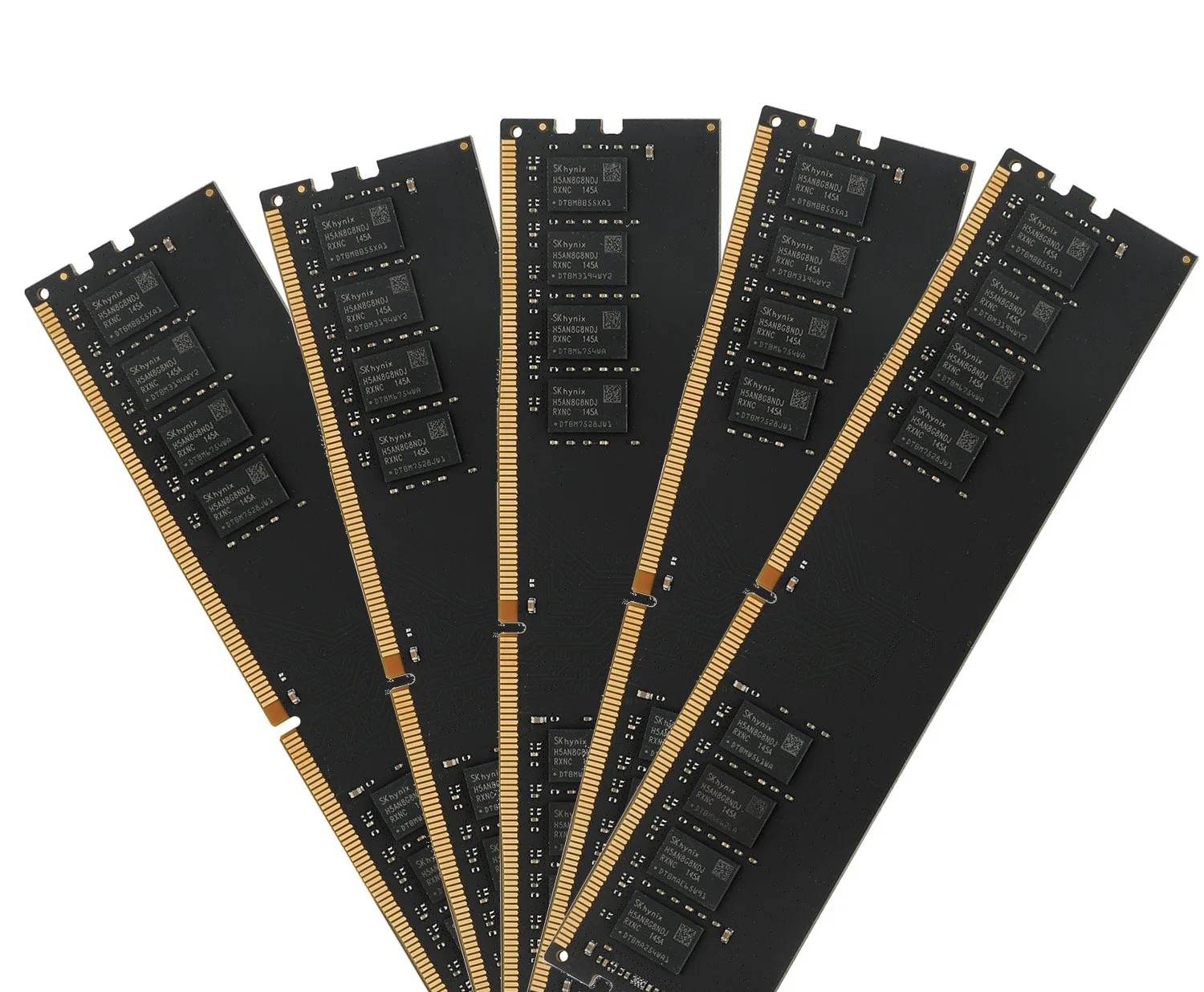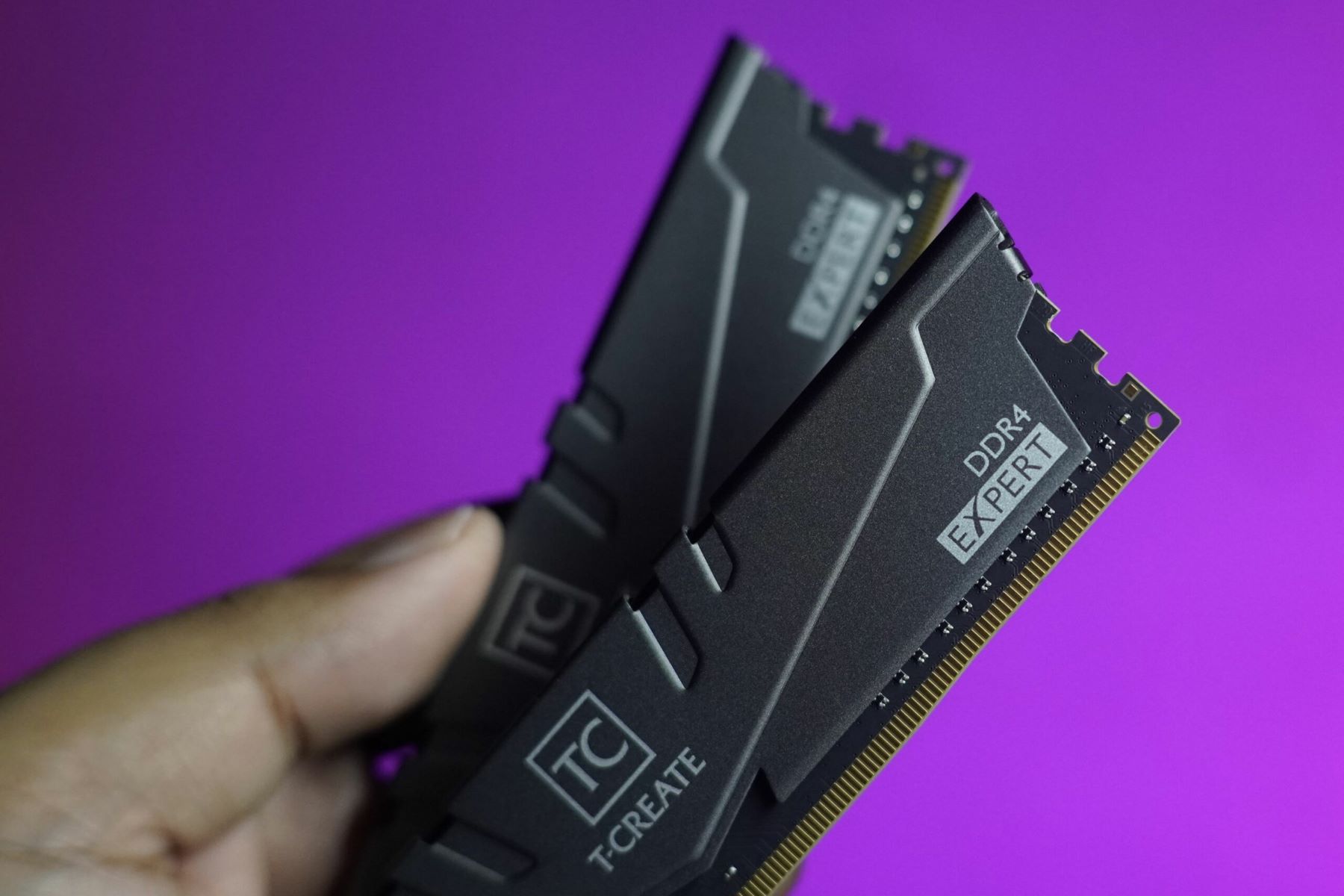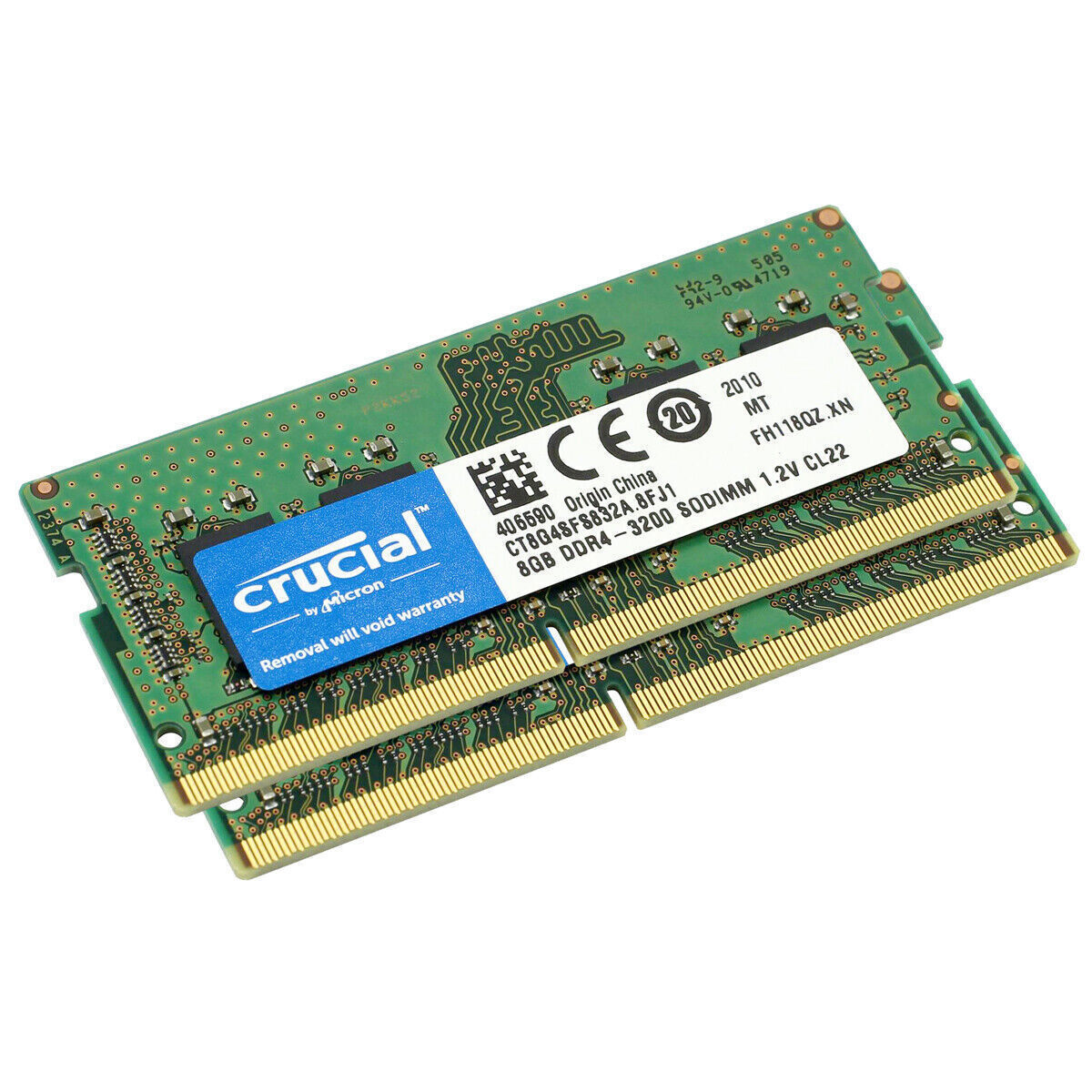Introduction
Welcome to the world of computer memory! When it comes to building and optimizing a high-performance system, understanding the ins and outs of RAM is crucial. RAM, or Random Access Memory, is a type of computer memory that stores data that is actively being accessed by the computer’s CPU. It plays a critical role in determining the speed and efficiency of your system.
One important aspect of RAM that affects performance is its speed. RAM speed, also known as its clock speed, refers to the frequency at which data can be read from or written to the RAM module. The higher the RAM speed, the faster your system can process data and perform tasks.
However, achieving higher RAM speeds requires careful consideration of various factors, including voltage. RAM voltage is the amount of electrical power supplied to the RAM module to ensure stable operation. The relationship between RAM speed and voltage is vital for optimal performance.
In this article, we’ll specifically focus on the voltage requirements for 3200MHz RAM. We’ll explore how much voltage is typically needed for this specific RAM speed and outline the factors to consider when adjusting RAM voltage. Additionally, we’ll provide some safety tips for those looking to overclock their RAM for even higher performance.
By the end of this article, you’ll have a solid understanding of the relationship between RAM speed and voltage, giving you the knowledge to optimize your system for maximum memory performance.
What is RAM?
RAM, which stands for Random Access Memory, is a crucial component of a computer system. It serves as the primary short-term memory for the computer, allowing it to store and access data that is actively being used by the CPU. Unlike the hard drive or solid-state drive, which provide long-term storage, RAM provides temporary and fast-accessible storage for data and instructions during the computer’s operation.
Think of RAM as your computer’s workspace. Just like a physical workspace where you keep documents and tools while working on a project, RAM is where your computer keeps the data and instructions required to complete tasks in real-time. The more RAM your system has, the more data and instructions it can store, resulting in smoother multitasking and faster program execution.
RAM operates at much higher speeds compared to storage drives, enabling quicker access to data. It stores information in memory cells, which are organized into rows and columns. The CPU communicates with RAM by sending memory addresses, which the RAM uses to locate the specific data requested.
RAM is a volatile type of memory, meaning it requires a continuous supply of power to retain data. When you turn off your computer, any data stored in RAM is lost. This is why it’s essential to save your work to a storage drive regularly. However, while the computer is running, RAM provides blazing-fast access speeds, making it ideal for running applications, loading files, and caching data for quick retrieval.
Typically, RAM modules are installed onto the motherboard using slots designed specifically for this purpose. The most common type of RAM used in modern systems is DDR4 (Double Data Rate 4), although older systems may still utilize DDR3 or even DDR2.
Overall, RAM plays a critical role in determining system performance, especially when it comes to multitasking, running memory-intensive applications, and handling large datasets. Understanding the basics of RAM is essential for optimizing your computer’s memory configuration and ensuring smooth and efficient operation.
What is RAM Speed?
RAM speed, also known as clock speed, refers to the frequency at which data can be read from or written to the RAM module. Measured in megahertz (MHz) or gigahertz (GHz), RAM speed determines how quickly the CPU can access and process data stored in RAM. The higher the RAM speed, the faster your computer can perform tasks that rely on memory operations.
To understand RAM speed, it’s essential to grasp the concept of cycles. A cycle represents one complete operation that can be performed by the RAM module in a given time. The RAM speed is defined by the number of cycles it can complete within a second.
For example, if you have RAM with a speed of 3200MHz, it means that the RAM module can perform 3.2 billion cycles per second. This high frequency allows for faster data transfer between the RAM and the CPU, resulting in improved system responsiveness and performance.
RAM speed is often mentioned alongside other performance specifications, such as CAS latency. CAS (Column Address Strobe) latency represents the delay between the moment the CPU requests data from the RAM and the moment the data is actually delivered. A lower CAS latency indicates faster response times and improved overall performance.
It’s important to note that RAM speed doesn’t directly translate to faster data transfer between the RAM and secondary storage devices, such as hard drives or solid-state drives. The speed of these storage devices is determined by their respective interfaces (e.g., SATA, NVMe) and not influenced by RAM speed.
When it comes to choosing RAM for your system, it’s crucial to consider the compatibility with your motherboard and CPU. Different generations of CPUs and motherboards support different RAM speeds. Ensure that you select RAM modules that are compatible with your system’s specifications to achieve optimal performance and avoid any potential compatibility issues.
In summary, RAM speed directly impacts the speed at which data can be accessed and processed by the CPU. Higher RAM speeds result in faster system performance, especially when running memory-intensive tasks and multitasking. By understanding RAM speed and its implications, you can make informed decisions when selecting and optimizing your computer’s memory configuration.
RAM Speed and Voltage Relationship
The relationship between RAM speed and voltage is an important consideration when it comes to optimizing the performance of your computer’s memory. While RAM speed determines the frequency at which data can be accessed, RAM voltage determines the amount of electrical power supplied to the RAM module for stable operation.
Typically, the RAM modules are designed to operate at a specific voltage level, which is specified by the manufacturer. This voltage level is known as the default voltage or standard voltage. The default voltage ensures proper functionality and stability of the RAM module at its rated speed. Deviating from the recommended voltage can potentially lead to instability, crashes, or even permanent damage to the RAM module.
When adjusting the RAM speed, such as increasing it to achieve higher performance, it may be necessary to also adjust the RAM voltage. The increase in RAM speed often requires additional power to maintain stability during high-speed data transfers. This is especially true when overclocking the RAM beyond its default specifications.
Increasing the RAM speed while keeping the voltage within the recommended range can enhance system performance and responsiveness. However, it’s crucial to strike a balance and not exceed the safe operating limits of the RAM module.
On the other hand, decreasing the RAM voltage can have a negative impact on stability. Insufficient voltage can result in errors, system crashes, or even prevent the system from booting properly.
It’s important to note that not all RAM modules support voltage adjustments. Some RAM modules are locked to run only at their default voltage, limiting their overclocking potential.
When considering adjustments to RAM speed and voltage, it’s essential to refer to the specifications provided by the RAM manufacturer and consult your motherboard’s documentation. These resources will provide information on the supported RAM speed and voltage ranges for your specific hardware configuration.
Overall, the relationship between RAM speed and voltage is pivotal in achieving optimal performance. Finding the right balance between RAM speed and voltage adjustments, within safe operating limits, can unlock enhanced performance and responsiveness in your computer system.
How Much Voltage is Required for 3200MHz RAM?
When it comes to 3200MHz RAM, the required voltage can vary depending on the specific RAM module and its manufacturer. However, the majority of DDR4 RAM modules that operate at 3200MHz typically require a voltage of 1.35 volts (V), which is the standard voltage for these modules. This voltage level is commonly referred to as DDR4’s XMP (eXtreme Memory Profile) specification.
Keep in mind that certain RAM modules may have lower voltage requirements, such as 1.2V, but these are less common for 3200MHz modules. It’s always important to check the specifications provided by the RAM manufacturer to determine the exact voltage required for your specific RAM module.
Operating 3200MHz RAM at the recommended voltage level ensures stability and optimal performance. Deviating from the standard voltage can lead to unstable system operation, crashes, or even permanent damage to the RAM module.
It’s worth noting that some RAM modules offer built-in profiles known as XMP profiles. These profiles provide preconfigured settings for specific RAM speeds and timings, including the appropriate voltage. By enabling the XMP profile in the motherboard’s BIOS settings, you can ensure that the RAM operates at the correct voltage and achieves its rated speed without manual adjustment.
In cases where you wish to overclock your RAM beyond its rated speed, it may be necessary to increase the voltage to maintain stability. However, it’s important to exercise caution when adjusting the voltage beyond the recommended levels stated by the RAM manufacturer. Extreme increases in voltage can lead to overheating and potential damage to the RAM module.
When it comes to adjusting voltage for overclocking, it’s recommended to do so incrementally and stress-test the system for stability. This allows you to find the optimal balance between RAM speed and voltage, while ensuring the system operates within safe limits.
In summary, DDR4 RAM modules operating at 3200MHz typically require a voltage of 1.35V to ensure stability and optimal performance. Adhering to the recommended voltage level provided by the RAM manufacturer is crucial to prevent system instability or damage. Remember to always consult and follow the specifications provided by the RAM manufacturer for your specific module.
Factors to Consider When Adjusting RAM Voltage for 3200MHz
When adjusting RAM voltage for 3200MHz, it’s important to consider several factors to ensure stability, performance, and the longevity of your RAM module. Here are some key factors to keep in mind:
1. Manufacturer Recommendations: Consult the specifications provided by the RAM manufacturer for the recommended voltage range for your specific RAM module. Operating within this range ensures stability and avoids potential damage.
2. Overclocking Limitations: Not all RAM modules are designed to handle extreme overclocking. Ensure that your RAM module is capable of running at 3200MHz before attempting to increase the voltage. Some lower-end or older RAM modules may have limitations that prevent stable operation at high frequencies.
3. Cooling and Heat Management: Increasing voltage can lead to increased heat generation within the RAM module. Ensure your system has proper cooling solutions in place, including adequate airflow and quality heat sinks, to prevent overheating. Excessive heat can degrade performance and reduce the lifespan of the RAM module.
4. Gradual Adjustments: When adjusting the voltage, incrementally increase it by small amounts to find the optimal balance between stability and performance. Stress-test the system at each increment to ensure stability before further adjustments.
5. Stability Testing: After making any voltage adjustments, stress-test the system using specialized testing software or benchmarking tools to ensure stability under heavy loads. Unstable RAM can result in system crashes, freezing, or data corruption.
6. Power Delivery Capability: Ensure that your motherboard’s power delivery system is capable of providing sufficient power to the RAM modules when adjusting the voltage. Inadequate power delivery can cause instability or even damage to the RAM.
7. System Compatibility: Consider the compatibility of your RAM modules with other system components, such as the motherboard and CPU. Ensure that all components are capable of supporting the desired RAM voltage and speed to avoid any compatibility issues.
8. RAM Module Quality: High-quality RAM modules are more likely to handle voltage adjustments and overclocking better than lower-quality ones. Investing in reputable brands and quality RAM modules can provide better performance, stability, and longevity.
Remember, adjusting the RAM voltage for overclocking purposes carries some level of risk, and warranty coverage may be voided by doing so. Always proceed with caution, follow the manufacturer’s specifications, and know the limits of your system before making any adjustments.
Overclocking RAM: Safety Tips
Overclocking RAM can provide a significant performance boost, allowing you to achieve higher memory speeds and improved system responsiveness. However, it also comes with certain risks, and it’s important to follow safety tips to ensure a stable and safe overclocking experience. Here are some safety tips to consider:
1. Research and Understand: Before attempting to overclock your RAM, take the time to research and understand the process. Familiarize yourself with your specific RAM module’s capabilities, supported speeds, and voltage ranges. Understanding the risks and requirements will help you make informed decisions during the overclocking process.
2. Incremental Changes: When overclocking RAM, make small and incremental changes to the speed and voltage. Gradually increase the values, testing for stability after each adjustment. This approach allows you to find the optimal balance between performance and stability.
3. Stress Testing: After making any changes to the RAM frequency or voltage, stress-test the system using reliable software to ensure stability. Stress testing helps identify any instability issues and gives you the opportunity to fine-tune your overclocking settings for optimal performance.
4. Watch Temperatures: Overclocking RAM can generate additional heat. Monitor the temperatures of your RAM modules using monitoring software to ensure they stay within safe operating limits. Invest in proper cooling solutions such as quality heat sinks or fans to keep temperatures in check and prevent overheating.
5. Quality Power Supply: A high-quality power supply unit (PSU) is crucial for stable overclocking. Ensure your PSU delivers stable power to all components, including the RAM modules. Insufficient power supply can result in crashes, instability, or damage to the RAM module.
6. Backup Data: Before overclocking your RAM, ensure you have a backup of important data. Overclocking and unstable systems can lead to data corruption and loss. Having a backup ensures that any unforeseen issues can be resolved without losing valuable data.
7. Warranty Considerations: Overclocking RAM can void the warranty provided by the manufacturer. Understand the implications of overclocking on warranty coverage before proceeding. Some manufacturers offer RAM modules specifically designed for overclocking, which may come with extended warranties.
8. Accept the Risks: Overclocking is never completely risk-free. Despite taking precautions, there is always a chance of instability, system damage, or even component failure. Accept the risks involved and proceed at your own discretion.
It’s essential to note that the extent of overclocking varies from one RAM module to another. Some RAM modules may achieve higher speeds with slight voltage adjustments while others may have limitations. Always refer to the manufacturer’s specifications and guidelines for your specific RAM module.
By following these safety tips, you’ll be better prepared to overclock your RAM while minimizing the risks and maximizing the potential for improved performance.
Conclusion
Understanding the relationship between RAM speed and voltage is crucial for optimizing memory performance in your computer system. RAM speed determines how quickly data can be accessed and processed, while RAM voltage ensures stable operation. When adjusting RAM voltage for 3200MHz RAM or any other speed, it’s important to consider the manufacturer’s recommendations, overclocking limitations, cooling mechanisms, and gradual adjustments to find the right balance between performance and stability.
Overclocking RAM can provide a significant performance boost, but it also carries some risks. By following safety tips such as thorough research, incremental changes, stress testing, monitoring temperatures, using a quality power supply, and backing up data, you can minimize these risks and enjoy the benefits of overclocked RAM.
Remember, always refer to the specifications provided by the RAM manufacturer and consult your motherboard’s documentation to ensure compatibility and adhere to safe operating limits. Overclocking RAM may void your warranty, so proceed with caution and understand the risks involved.
With the knowledge gained from this article, you can confidently optimize your RAM’s speed and voltage settings to achieve improved system performance and responsiveness. Whether you’re a gaming enthusiast, a professional content creator, or a power user, understanding RAM speed and voltage will allow you to harness the full potential of your computer’s memory and take your computing experience to new heights.







